I was checking out the emerging technologies, and came upon a world economic forum post with the top ten emerging technologies of 2016. Number one on the list was nanosensors and the internet of nanothings. It seems like the nanotechnology movement has become expanded into so many different areas these past few years.
Peter Diamandis describes Nanotechnology as the “science, engineering and technology conducted at the nanoscale, which is about 1 to 100 nanometers.” Working in this field means that you are looking at a microscope, adding and constructing on a molecular level; basically, you are solving huge problems with tiny tools.
Peter Diamandis describes Nanotechnology as the “science, engineering and technology conducted at the nanoscale, which is about 1 to 100 nanometers.” Working in this field means that you are looking at a microscope, adding and constructing on a molecular level; basically, you are solving huge problems with tiny tools.
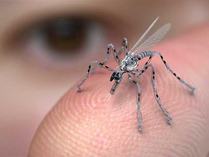
Healthcare, for instance, is one of those areas that are benefiting from this new approach to things. Scientists are inventing new ways of delivering medicine that ensure the medicine gets to the right place through the use of nanotechnology and modifications that adapt the medicine to reach the diseased area faster and more efficiently. There is even a possibility to cure cancer by using genetically modified white cells which attack only the diseased tissue. The human genome is being analyzed by nanotechnology in order to understand why there is so much apparent “junk” DNA in its construction. While we don't have tiny, tiny disease-fighting robots quite yet, we are getting closer; scientists are even developing nanorobots that would be able to help with diagnose when injected into a human being. And that’s just looking at health and the human body. There are many other applications, from energy production to communications. This idea of looking at things really up close soon got me thinking about my favourite subjects, and of possible ways I could tap into these ideas and use them in my classroom in the future. How could we use nanotechnology with our students in order to introduce the concept of working at a nanoscale? This introduces a whole new field of study for them, and I am all for getting students interested in science, particularly girls.
While it would be great to build a tiny robot that can imitate an ant, and keep it in your pocket with you always, it is just not feasible at this juncture. The first possible thing that came to my mind was the use of an electron microscope to somehow build models with the students; would this even be possible? Upon research on that topic, I fell upon something that sounded as exciting as it looks: Nanoart.

Nanoart is produced by artists who are also scientists, usually created by organizing a chemical reaction of some sort, and recording the resulting images through an electron microscope. Because of the way the electrons produce the image, you are left with powerful lights and darks, creating a beautiful balance and very impactful artwork. Artist Chris Orfescu, founder of Nanoart 21, for instance, has been experimenting with this for over thirty years; his artwork (left) includes image manipulation with Photoshop post-production, where he adds colour and gives his own flair.
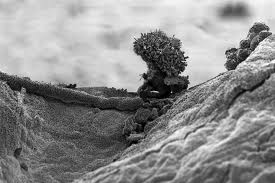
So, I am here now dreaming of these science-art hybrid experiences that would take the experience of microscopy leaps further with my students. I imagine a day where my class will be able to create chemical and physical reactions that will produce nanoart, and then be able to photograph these and modify them to produce large prints of these surreal still lives and landscapes, like the one to the right.
Some artists have been getting very creative in nanosculpting. Check out these models found on Technology Bloggers:
One day, maybe we will have easier access to tools such as these. Meanwhile, there is something I can do with them to introduce them to this type of artwork. Thankfully, there are thousands of great microscope photos online that can be used in order to enhance and create two-dimensional artwork that is unique to the student. When done right, a photo can be used to produce artwork and the resulting piece is not considered an infringement of the photographer’s intellectual property.
I found these three pictures above to use as sources: the first two are from electron microscopes, and the third is a clipart splash of paint. I played with them for a while, and came up with the composition below. This could be used as a source for a painting, for instance, or modified even further through filters and other means.
I would love to try using an electron microscope to produce art; the lights and darks, the volume that the microscope depicts, make any mundane subject a beautiful thing to behold.
I am starting to see a correlation, however, between this kind of image generation and 3D printing. The process to create art with an electron microscope produces a unique 3D-looking object that can be used as a source for artwork; meanwhile, I have been using models on my own artwork for years, and find that only with a model of what I am trying to create, I am able to reproduce light in a realistic way.
A benefit of 3D printing is that the results are not as unexpected as what you can get from chemical reactions seen under the electron microscope. You can create a unique model (your very own monster, dragon, setting or landscape), which then can be used as a model for your artwork! All students in a class could develop their painting starting from a three-dimensional model, in essence their very own still-life, and the whole thing would cost just a couple of bucks to pull off.
I think I just had another breakthrough regarding the uses of 3D printer. The more I explore other things, the more I keep coming back to it!
I am starting to see a correlation, however, between this kind of image generation and 3D printing. The process to create art with an electron microscope produces a unique 3D-looking object that can be used as a source for artwork; meanwhile, I have been using models on my own artwork for years, and find that only with a model of what I am trying to create, I am able to reproduce light in a realistic way.
A benefit of 3D printing is that the results are not as unexpected as what you can get from chemical reactions seen under the electron microscope. You can create a unique model (your very own monster, dragon, setting or landscape), which then can be used as a model for your artwork! All students in a class could develop their painting starting from a three-dimensional model, in essence their very own still-life, and the whole thing would cost just a couple of bucks to pull off.
I think I just had another breakthrough regarding the uses of 3D printer. The more I explore other things, the more I keep coming back to it!
Sources:
Nanorobots: Where we are today and why their future has amazing potential, May 2016
Genome News Network
Science as art competition blog
Green cauliflower
Giant green cell blue centre (nerve terminal)
Fat cells
Yellow canyon
Explosions: Fanny Beron
Electron 1
Electron 2
Deviant Art Splash
Nanobot image
Finger bug
technologybloggers.org
Nanorobots: Where we are today and why their future has amazing potential, May 2016
Genome News Network
Science as art competition blog
Green cauliflower
Giant green cell blue centre (nerve terminal)
Fat cells
Yellow canyon
Explosions: Fanny Beron
Electron 1
Electron 2
Deviant Art Splash
Nanobot image
Finger bug
technologybloggers.org



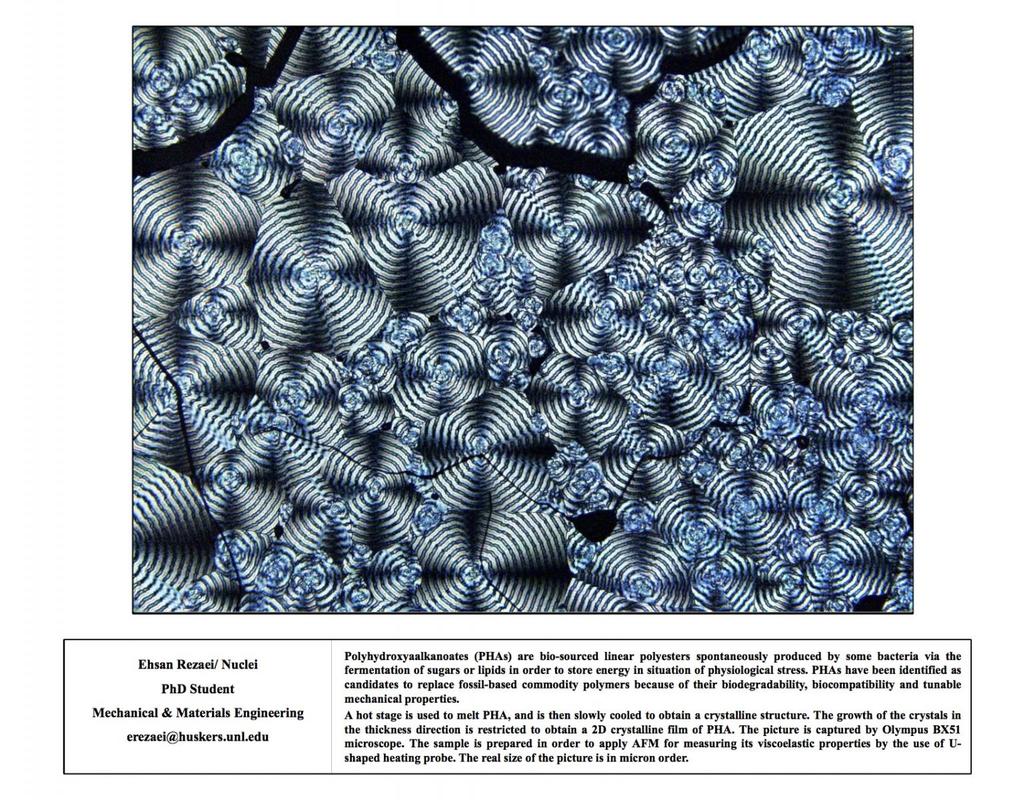
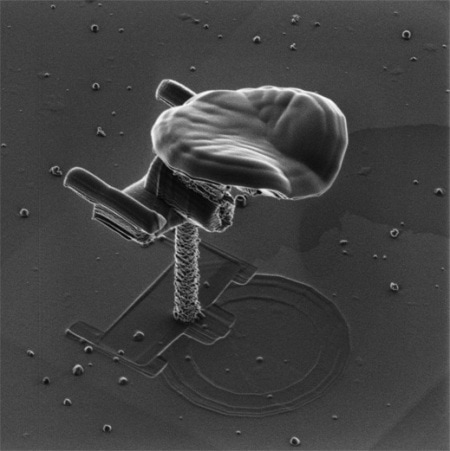
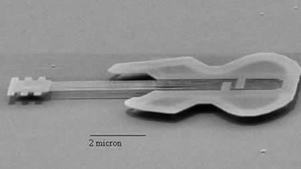




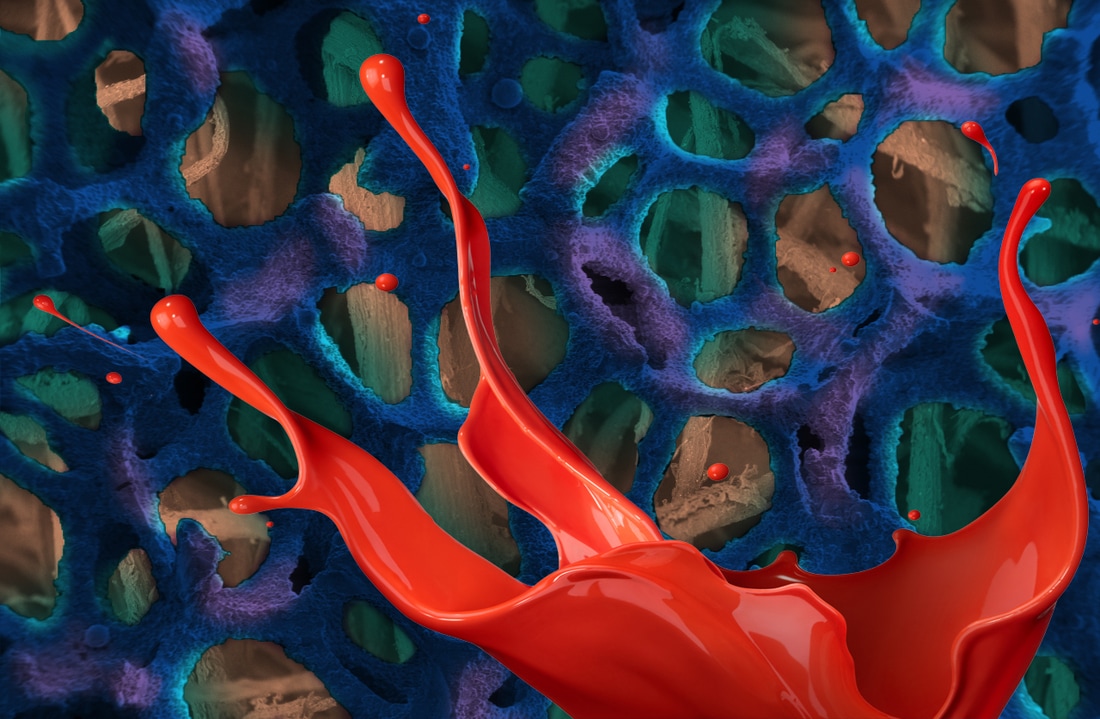
 RSS Feed
RSS Feed
